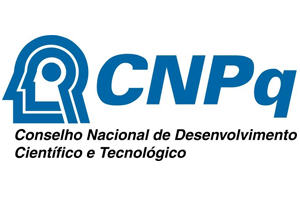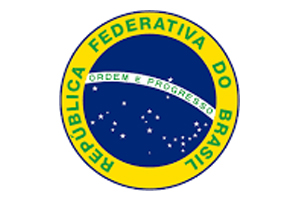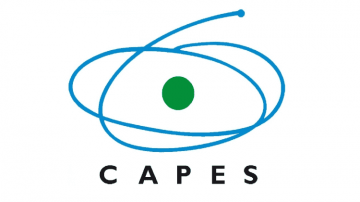Muhammad Amer Aziz Al-Mamouri
Department of Chemistry, College of Science, University of Diyala, Diyala, Iraq
Khalid Shaalan Sahab
Department of Chemistry, College of Science, University of Diyala, Diyala, Iraq
ABSTRACT
Background: Diabetes mellitus (DM) is a chronic metabolic disorder characterized by persistent hyperglycemia and alterations in carbohydrate, lipid, and protein metabolism due to impaired insulin secretion or action. Fructosamine, a glycation product, is a valuable marker for assessing short-term glycemic control and predicting the risk of microvascular complications in diabetic patients. Glycated albumin (GA) also serves as a crucial marker for blood glucose regulation over approximately three weeks, aiding in screening, predicting, preventing, diagnosing, and monitoring diabetes. Objective: This study aims to evaluate the association of fructosamine, glycated albumin, and other biochemical markers with the diagnosis and management of type 2 diabetes mellitus (T2DM). Materials and Methods: Between January 12, 2023, and February 30, 2024, 120 blood samples were collected from T2DM patients at Baquba Teaching Hospital, Diyala Governorate. Patients were categorized into two groups: irregularly managed diabetes patients (n=60, aged 35–77 years) and regularly managed diabetes patients (n=20, aged 34–75 years). A control group (n=40) was also included. Blood samples were collected in EDTA and gel tubes for analysis. Body Mass Index (BMI) was calculated, and statistical analyses were performed using SPSS version 25.0 and GraphPad Prism version 6. T-tests and one-way ANOVA were used for group comparisons, with p-values < 0.05 considered statistically significant. Results: The mean age of T2DM patients was significantly higher than that of the control group, although no significant age difference was observed between the diabetic and diabetic control groups. T2DM patients exhibited elevated levels of insulin, HbA1c, and insulin resistance (HOMA-IR) compared to non-diabetic controls. A significant positive correlation was observed between glycated albumin and HbA1c% in the diabetic group. Furthermore, HOMA-IR demonstrated high sensitivity (93%) and specificity (95%) with an AUC of 0.9797. Age also showed high sensitivity (90%) and specificity (92%) with an AUC of 0.9473. Conclusion: The findings underscore the utility of fructosamine, glycated albumin, and HOMA-IR as robust markers for assessing glycemic control and insulin resistance in T2DM. These markers, along with demographic factors such as age, offer valuable insights into the diagnosis and management of T2DM, highlighting the escalating health risks associated with obesity and diabetes-related complications.
Keywords: Diabetes Mellitus, Fructosamine, Glycated albumin, HBA1c% , HOMA-IR.




